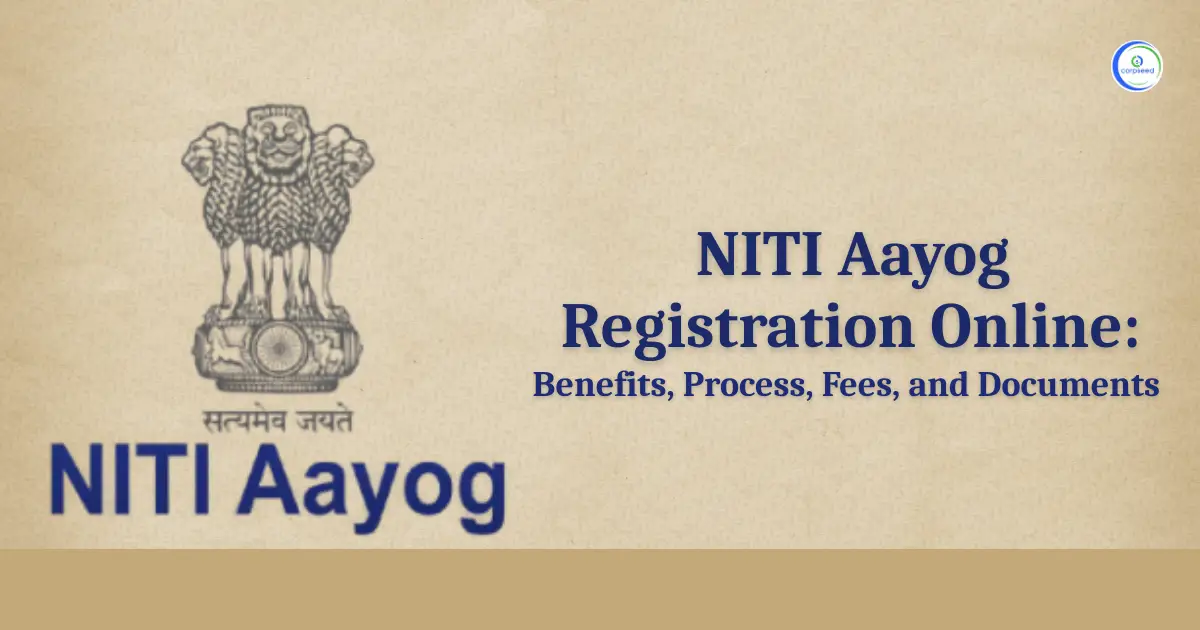Introduction
A Private Limited Company is a business entity held by a small group of individuals. A Private Limited Company registered for pre-defined objects and owned by its members called shareholders. Startups and businesses with higher growth aspirations usually choose Private Companies as suitable business structures.
The business entity gets recognized as a Corporation through its registration under the Companies Act of 2013 in India. The definition of a Private Limited Company under the Companies Act of 2013 is provided here to understand its basics. Section 2 (68) of the Companies Act, 2013 defines a Private Company as under:
Table of Contents
A Private Limited Company having a minimum paid-up s
hare capital as may be prescribed and which by its articles -
- Restricts the right to transfer the shares
- Except just in case of One Person Company, limits the number of its members to two hundred
- Prohibits any invitation to the general public to subscribe for any securities of the Private Limited Company.
How to Wind Up Private Limited Company?
In India, Closing a Private Limited Company is feasible in two ways –
- Compulsory winding-up
- Striking off.
A closure is enforced when the Company fails to comply with a lot of mandatory compliances. Therefore, if a corporation is not able to carry out its business operations for a substantial period and doesn’t expect it to revive shortly, it’s better to shut down that Company and avoid penalties resulting from non-compliance.
There are often various procedures for closing a Private Limited Company:
Compulsory Winding Up of a Company:
Any company registered in India under the Companies Act 2013, which did an unlawful act, fraudulent act, or even if they contributed any action in some fraudulent or unlawful activities then such company would be wound up compulsorily by the Tribunal.
The following can be the reasons:
- Company’s unpaid debts
- A special resolution was passed for winding up
- If the company conducted any Unlawful act.
- Fraudulent act or misconduct by the Company or the control of the Company
- If the company fails in filing annual returns or financial statements with the Registrar of Companies (ROC) for 5 consecutive years.
Procedure:
- File a petition to the Tribunal with the Statement of affairs of the Company
- The Tribunal will either accept or reject the petition based on various criteria
- Where a person other than the Company files a petition, Tribunal may direct the Company to file the objection. It goes alongside with the Statement of affairs within 30 days
- The Tribunal shall appoint a Liquidator for the winding-up process
- The liquidator shall carry out the functions of assisting and monitoring liquidation proceedings (taking over of assets, review, and examination of books of accounts, sale of assets, any other function, etc.). the liquidator shall prepare a draft report for approval from the winding-up committee
- On approval of the draft report, the liquidator shall submit the final report to the Tribunal for passing a winding-up order.
- A copy of the order shall be forwarded to the ROC (Registrar of Companies) by the liquidator within 30 days. Any failure in doing so leads to a penalty.
- When ROC is fully satisfied, it approves the winding up of the Company and strikes of its name from the Register of Companies
- ROC sends a notice for publication in the Official Gazette of India.
Voluntary Winding Up of a Company:
This kind of winding up of the corporation is feasible either by passing a special resolution or a resolution in a general meeting.
The following can be the reasons:
- The occurrence of any event in AOA (Articles of Association) providing for the winding up of the Company
- The Company voluntarily decides to wind up.
Procedure:
- Pass a resolution in a general meeting for the events mentioned in AOA or a special resolution for voluntary decision and a creditors’ meeting
- Provide a declaration of the solvency of the Company for payment of unpaid debts
- Submit the declaration of solvency along with the auditor’s report and registered value’s report (in case of valuation of assets of the Company) to ROC
- Appoint a Liquidator for the winding-up procedure. The procedure of Winding up shall start from the date of passing a resolution
- The liquidator shall prepare a report of winding up and call a general meeting of the Company for lay final winding up accounts
- If the majority of members agree to it, a resolution shall be passed
- A Liquidator shall send a copy of statements to ROC and apply along with the report to the Tribunal
- The tribunal shall, after considering the facts, pass an order for winding up of the Company
- A copy of the order shall be forwarded to the ROC (Registrar of Companies) by the liquidator within 30 days, the failure of which shall lead to a penalty.
- When ROC is fully satisfied, it approves the winding up of the Corporate and strikes of its name from the Register of Companies
- ROC sends the notice for publication in the Official Gazette of India.
Fast Track Exit Scheme (FTE)
This kind of winding up is for striking off the name of Defunct companies from the register of companies.
Defunct companies:
- A company that does not have any assets or liabilities
- Any company that does not commence its business activity after the incorporation
- When a company has not carried out any business activity for at least one year.
If a company is covered under this definition, then it is treated as a defunct company and would be wound up through a Fast Track exit scheme.
Procedure:
Send an application to ROC (Registrar of Companies) in Form FTE with the requisite government fee (paid online)
ROC examines the request and sends notice to the Company by e-mail that the name of the Company is off from the Register of Companies. Also, it mentions that the winding-up proceedings shall start in case of the absence of anything contrary within 30 days
It places the names of applicants and the date of making an application on the MCA portal, giving an opportunity to the stakeholders to raise objections against winding up, if any, within 30 days
The Income Tax Department is informed by ROC regarding the winding up application. It gives the department an opportunity to raise objections against winding up, if any, within 30 days
ROC, when being fully satisfied, approves the winding up of the Company and strikes its name from the Register of Companies
ROC sends a notice for publication in the Official Gazette of India.
This portion of the site is for informational purposes only. The content is not legal advice. The statements and opinions are the expression of author, not corpseed, and have not been evaluated by corpseed for accuracy, completeness, or changes in the law.
BOOK A FREE CONSULTATION
Get help from an experienced legal adviser. Schedule your consultation at a time that works for you and it's absolutely FREE.









